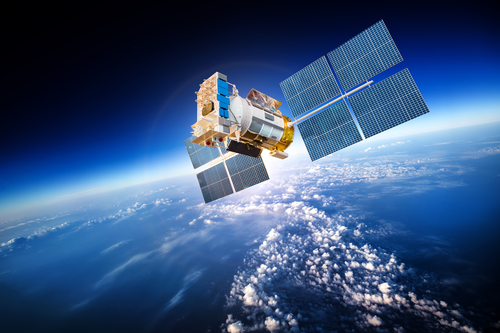In a landmark step toward self-reliance in advanced space technology, the Pakistan Space and Upper Atmosphere Research Commission (SUPARCO) has successfully launched the country’s first-ever Hyperspectral Satellite (HS-1) from China.
The breakthrough marks a significant milestone in Pakistan’s space exploration journey, showcasing the nation’s growing expertise in harnessing cutting-edge space science for development, sustainability, and disaster resilience.
The HS-1 satellite is designed to capture high-resolution hyperspectral imagery across hundreds of narrow spectral bands, offering detailed insights into land, vegetation, water, and urban environments. This capability will revolutionize Pakistan’s approach to precision agriculture, environmental monitoring, urban planning, and disaster management.
According to SUPARCO, the satellite’s imaging system will enable real-time mapping of crop health, soil moisture, and water quality, while closely tracking deforestation, pollution, and glacial melt. The data will be vital for climate resilience and sustainable resource management, empowering planners and researchers to make evidence-based decisions.
The new satellite will also enhance early warning systems and post-disaster assessments for events such as floods and landslides, particularly in Pakistan’s northern regions. In addition, HS-1 will support key national projects like the China–Pakistan Economic Corridor (CPEC) by helping identify geo-hazard risks and guiding sustainable infrastructure development.
Congratulating the nation, SUPARCO Chairman Muhammad Yousaf Khan commended the government’s support in realizing this milestone, calling the launch a “pivotal moment for Pakistan’s scientific and technological advancement.” He said data from HS-1 would help boost agricultural productivity, strengthen climate resilience, and optimize natural resource management across the country.
HS-1 Project Director Mushtaque Hussain Soomro praised his team’s dedication and technical excellence, describing the mission as a “definitive leap” in Pakistan’s space roadmap that positions the country as an emerging regional leader in space-based sustainable development.
The successful launch of HS-1 also highlights the long-standing partnership between Pakistan and China in space science and technology. Both nations continue to collaborate closely on peaceful space exploration and the application of space-based innovations for socioeconomic progress.
SUPARCO said the addition of HS-1 to Pakistan’s growing satellite fleet represents a decisive step toward national space capability and reinforces its role in driving economic growth through innovation and technology.




